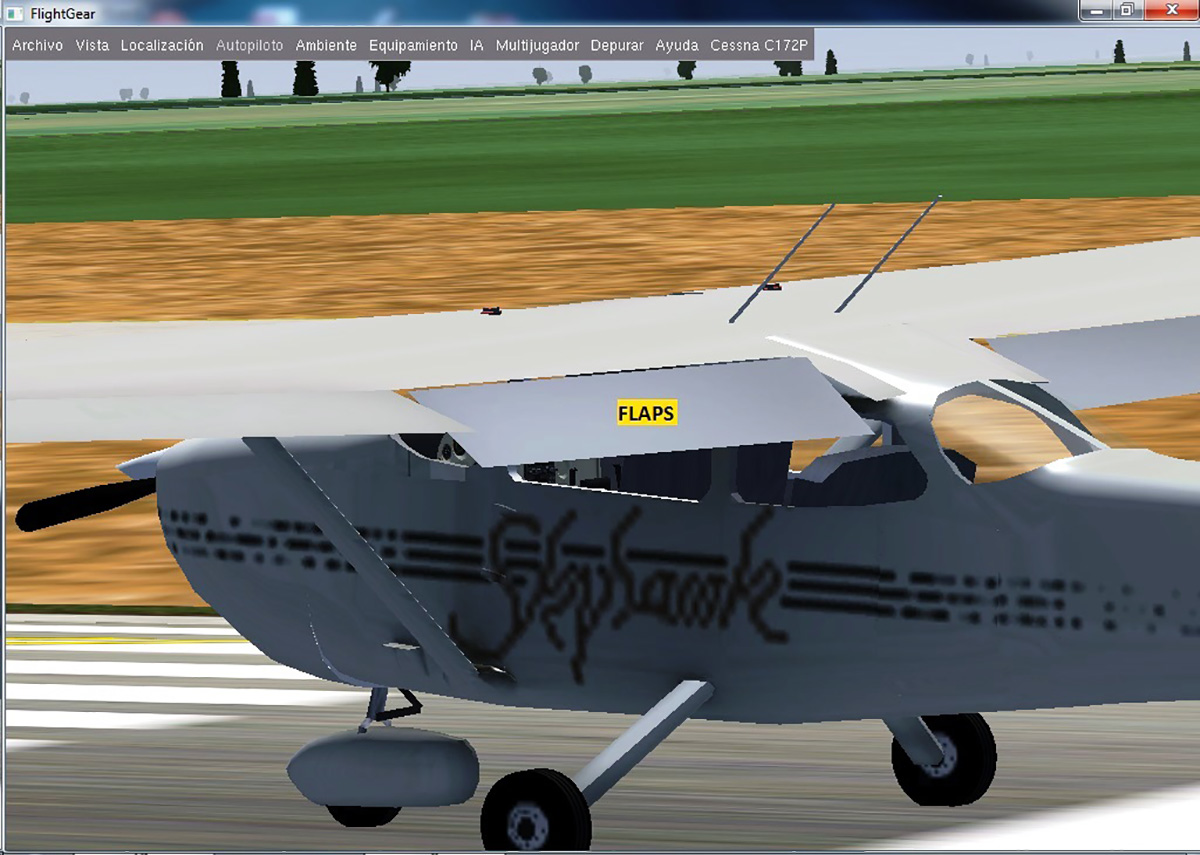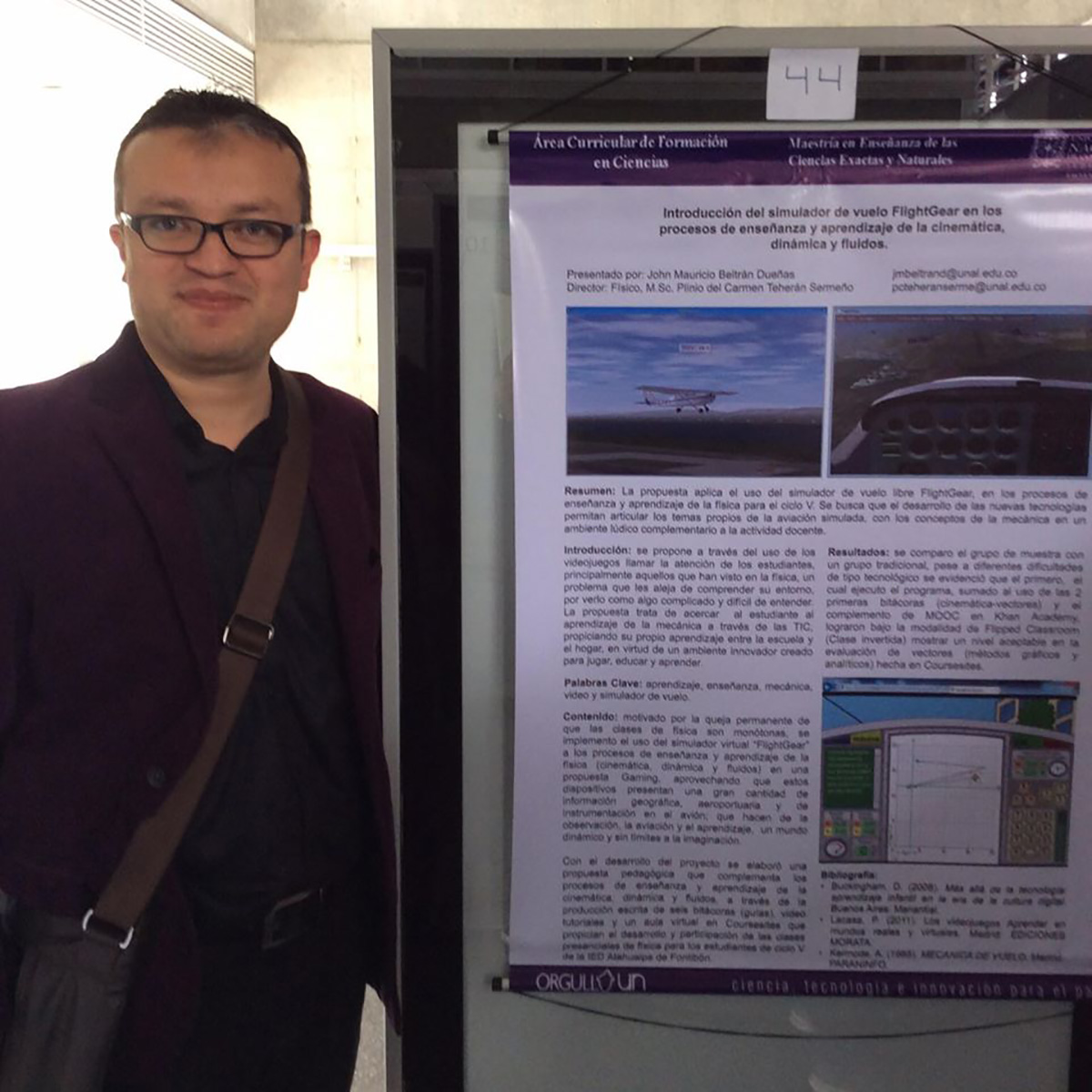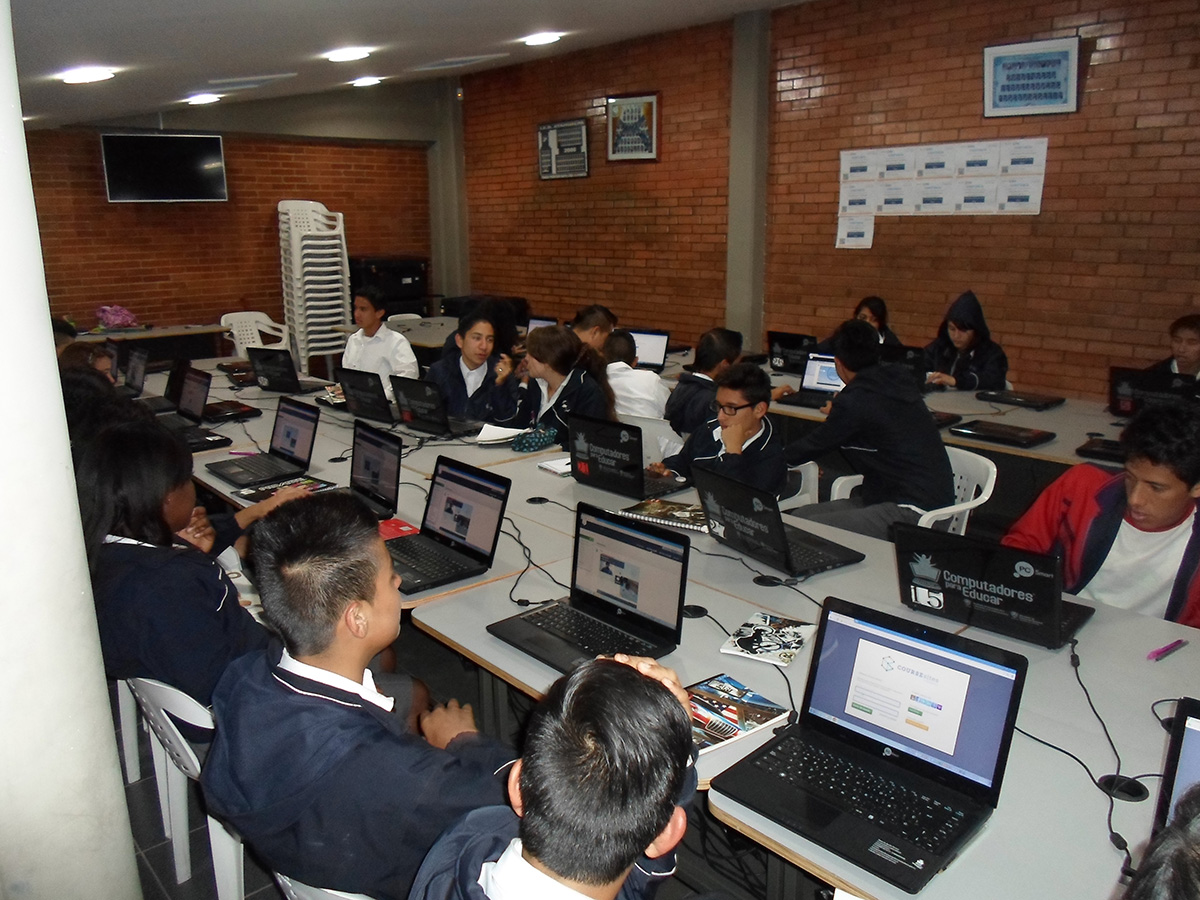According to John Mauricio Beltrán, Universidad Nacional de Colombia (UNal) M.Sc. in Exact and Natural Sciences Teaching, students use the computer display and keyboard to simulate the commands of an aircraft cabin to carry out measurements and turn the program into a virtual laboratory.
"Our goal is for students to be more receptive in physics topics as many perceive them as difficult and unattractive," said Beltrán
The students use the aforementioned freeware and downloadable virtual simulator. It only requires a desktop computer (preferable) with a graphics accelerator card. The scenarios are all downloadable free of charge.
These activities were carried out with a group of 30 students from a Bogotá public school which was divided among students which had a computer at home and those that did not.
The students of the first group began the project by becoming cognizant and learning by playing through a series of logs prepared by the researcher, while the other group used the traditional in-class learning method.
"We compared the groups to see which had better results and found that the students which used the simulator better understood the concepts taught because they linked them to something more common and day to day scenarios, as opposed to what may be written on a board or said in class," said Beltrán.
Using the simulator students learn mechanics, kinematics, dynamics and behavior of an aircraft. They also used the flipped classroom pedagogical model to see the content at home through videos accessed at the Khan Academy website.
Furthermore, the contents are all discussed in class and the participants have the liberty of move around the classroom trying to perform specific mechanics phenomena.
"We observed that when the students were motivated by a particular interest they cared more about the concepts and had more questions which led them to perform better," he said.
The participants joined the project voluntarily, attracted by the idea of learning through a video game. However, as the activities moved forward the amount of students decreased due to certain difficulties "mainly economical" which did not allow them to have access to the technology.
"The project was applied in a public school with limited economic resources and if these barriers are overcome it would be a viable education alternative, as it not only integrates studying natural sciences but also other classes, in a traversal project such as languages," he said.
The project was headed by UNal Department of Physics Professor Plinio del Carmen Teherán and hopes to show the potential of information and communications technologies for obtaining better academic results as compared to traditional methods.
 Correo Electrónico
Correo Electrónico
 DNINFOA - SIA
DNINFOA - SIA
 Bibliotecas
Bibliotecas
 Convocatorias
Convocatorias
 Identidad UNAL
Identidad UNAL







